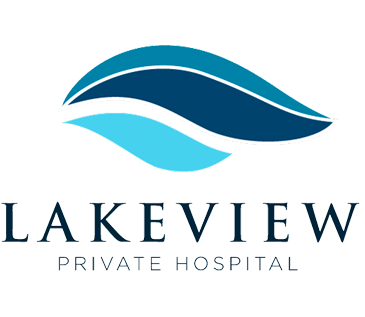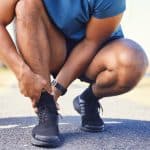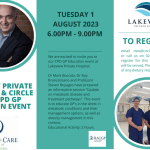The Fat Disease that nobody knows about
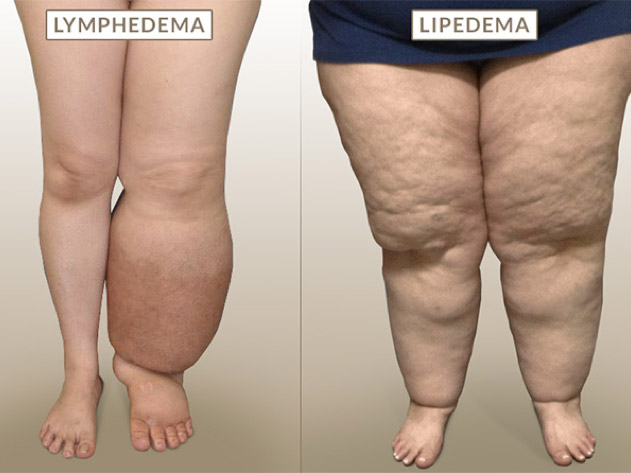
Lipoedema is commonly misdiagnosed as Obesity
…why it is crucial for GP’s to diagnose Lipoedema (Painful Fat Syndrome) early
By Dr. Naveen Somia PhD.,FRACS
With popular culture promoting the beauty ideal as a slim figure, people are under enormous pressure to conform to this ideal. Women, who don’t fit the ideal often feel a sense of shame and insecurity. While people who are overweight can do something about it, people have Lipoedema can diet, exercise, starve or have stomach stapling surgery but nothing will change as their fat cells do not respond to diet or exercise. Lipoedema is commonly misdiagnosed as Obesity and as a result Lipoedema patients often find themselves as prisoners in their own body and suffer in silence.
What is Lipoedema
Lipoedema is an inherited disorder of abnormal fat deposition in both legs and arms seen in 10% of women which worsens with time. It is not uncommon to encounter three generations of a family who have inherited the condition at a consultation.
There is a significant lack of awareness of Lipoedema among the medical community and the diagnosis is often made very late after permanent changes or complications have developed. Compared to Australia and the rest of the English speaking world, German speaking countries namely Germany, Austria and Switzerland recognise Lipoedema as a diagnosis.
As a GP it is important to diagnose and treat Lipoedema early because it worsens with time and causes significant physical, functional and psychological disability.
There are three main symptoms of Lipoedema:
- Painful legs – Lipoedema is a painful condition
- Fluid Retention and swelling of the legs
- Failure of Lipoedema fat to respond to diet or exercise or surgical weight loss methods
There are also a number of associated symptoms of Lipoedema, namely:
- Mental stress
- Excess weight or obesity
- Eating disorders
- Physical pain and tenderness
- Easy bruising
- Psychological pain
- An orthopedic issue such as low back pain, knee and hip pain
- Suicidal tendencies
The diagnosis of Lipoedema – clinical signs
Historically, most cases of Lipoedema see the fat being distributed symmetrical in both legs. In 1 in 3 patients the arm is also involved. The fat deposits of lipoedema however abruptly stop at the ankles and wrist and as a result the feet and hands are never affected.
The pain of the condition is a result of a number of factors. The legs bruise easily. In addition swelling occurs which worsens in the evening as well as in hot weather, prolonged sitting, and air travel. The stress of the pain is worsened by the physical ugliness of the condition as the buttocks and legs are disproportionate to the upper body whilst the skin has the appearance of cellulite.
The thighs are often tender and feel cold whilst the fat itself has a soft consistency and is non-pitting. A careful pinch test of the thigh or abdomen will elicit pain in the thigh but not abdomen. The skin also feels knotty or lumpy. Lipoedema worsens with time ultimately causing significant and permanent disability; a condition called Lipo-Lymphoedema.
Lipoedema first develops in Puberty (Stage 1) and progressively gets worse with time (Stages 2, 3 and 4). Pregnancy and menopause make it worse. With increased fat deposition associated skin changes and pain in the buttocks, legs and arm mobility is significantly restricted causing a vicious cycle. Stage 4 Lipoedema is also called Lipo-Lymphoedema
Treatment & the long term benefits of Liposuction for Lipoedema
Studies from Germany have shown that the worsening of the condition can be prevented by liposuction. In fact, the earlier liposuction is performed there is a far better chance for results which may be a significant reduction in swelling, pain, bruising and fluid retention and, as a result, increased mobility and quality of life. As such, treatment offers an improvement but not a cure. Nonetheless, patients notice a significant improvement in their physical, emotional and psycho social well-being.
There are no medications or hormonal therapy. Diet and exercise help against gaining excess weight but have no effect on the Lipoedema itself. An anti-inflammatory diet that avoids all processed food and preservative is beneficial whilst yoga and deep breathing exercises linked to yoga prove very effective.
Other considerations for treatment include Physical Decongestive Therapy which is effective in reducing fluid retention but does not reduce limb girth. The therapy includes Compression garments, Manual Lymphatic Drainage, Movement therapy and skin care.
Compression using either round knit or flat knit stockings is also a mainstay of treatment whilst home based care is possible by the devices such as the LX9, which is an intermittent pneumatic compression device. It is important to carry on compression regularly for life.
Water Assisted Liposuction (WAL)
The abnormal and excess Lipoedema fat can only be removed surgically by Liposuction. It is worth noting that Water Assisted Liposuction which is an advanced form of liposuction is best for the condition. This technology was developed in Germany and German Plastic Surgeons have been using it for the past 15 years with effective results. Other forms of Liposuction are not effective when treating Lipoedema and can often cause significant damage to lymphatic tissues.
WAL liposuction is done under general anesthetic and about 6 litres of fat can be removed at a time. The swelling can persist for up to 6-12 weeks after which the new body contour is clearly noticeable. Patients feel lighter and their mobility is increased which enables them to adapt to a healthy lifestyle that incorporates physical activity.
Their emotional and psychological well-being improves as some patients find they are able to wear skirts or shorts for the first time in their lives. As the pain in their legs improves, they notice a significant improvement in their quality of life.
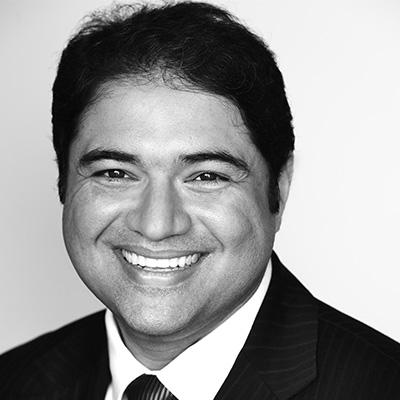
Dr Naveen Somia
PhD.,FRACS
All plastic and cosmetic surgery
Dr Naveen Somia is an experienced plastic surgeon and is a clinical senior lecturer at the University of Sydney. He completed his plastic surgery training in Sydney and Melbourne before undertaking additional training in cosmetic surgery of the eyelids, face and breast at Paces Plastic Surgery, affiliated with Emory University in Atlanta, USA.
Naveen’s special interests include eyelid surgery, facial surgery, breast surgery, body contouring surgery, skin cancer surgery and hand surgery.
